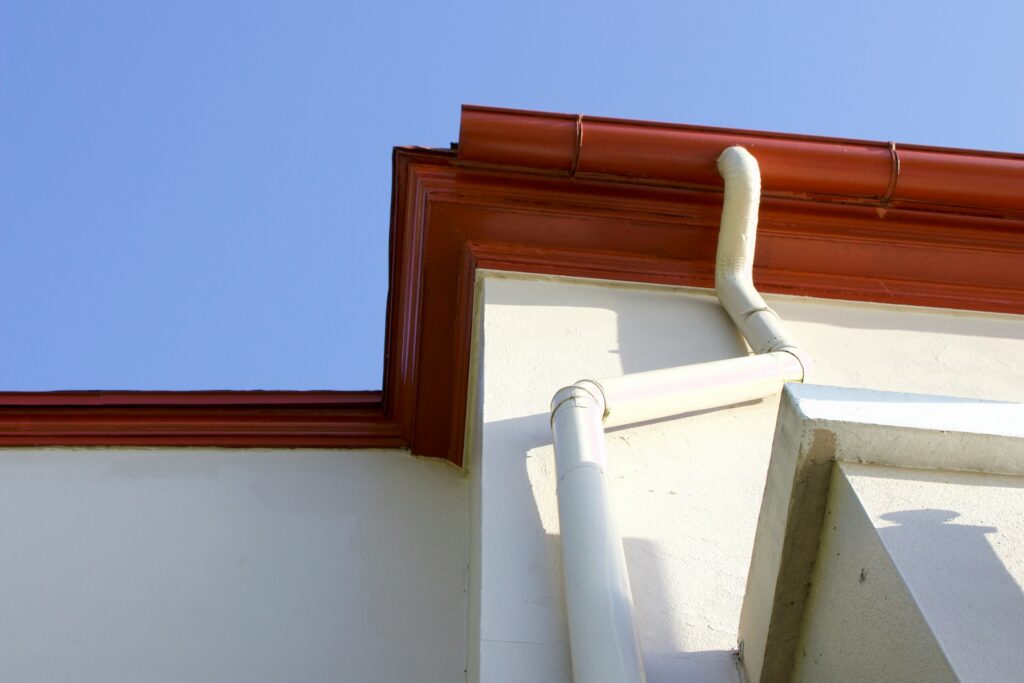Why Gutters Overflow Quickly During Long Island Autumn

Fall on Long Island brings a lot of beauty. Trees turn brilliant colors, the air cools down just enough, and families start spending more time outside enjoying the season. But all those leaves drifting to the ground don’t just end up in piles under trees. They collect in gutters fast, and once they mix with rain and stick together, problems can show up almost overnight. If you’ve lived here long, you’ve probably noticed how quickly that turns into water spilling over the edges of the roof.
That’s why so many homeowners run into trouble if they put off gutter cleaning in Long Island. At first, it might not look like much. A few leaves here, a branch there. But fall has a way of accelerating things. When gutters can’t do their job, homes get exposed to water in all the wrong places. Knowing what’s behind the overflow helps keep everything flowing right before winter locks in the damage.
Why Leaves Pile Up Fast in the Fall
Long Island has an abundance of mature trees, and most of them shed hard once autumn sets in. Oaks, maples, and birches drop wide, dense leaves that don’t blow away easily. Once they land in a gutter, they usually stay put, especially when paired with a little rain.
The wet leaves form thick mats that act like a sponge, collecting more debris and compacting over time. That block can prevent water from getting through to the downspout. Instead of draining properly, rain sits on top or finds a new route, often over the gutter’s edge and straight down the siding.
Frequent fall storms make the issue worse. All it takes is a few gusty days to send a wave of fresh leaves, pine needles, and seed pods into the gutters. And when storms follow close behind each other, gutters don’t have time to dry out or break down the pile. The debris doesn’t just build up, each layer packs the one before it tighter.
What Happens When Gutters Can’t Drain Properly
Once gutters stop draining like they should, water starts looking for the next easiest path, and that’s rarely a good one. Overflowing gutters can dump heavy sheets of water over entrances, onto walkways, and around basement windows.
In other spots, water may pool beside the foundation. Over time, that can cause shifts in the soil or soak into the basement. When water sits for too long in one area, especially during a season with fluctuating temperatures, it’s a short path to moisture damage and mold.
Roofs can take a hit, too. When water can’t move away from the edge of the shingles, it starts to creep backward. Saturated fascia boards, softened wood, and cracks from ice expansion are all common in spots where clogging has gone unnoticed. Landscaping below can get pounded from the overflow, tearing at plant beds and sending muddy water across porches and patios.
Other Unexpected Reasons Gutters Overflow
Leaves are the big culprits during fall, but they’re not the only thing that gums up a gutter. Squirrels and birds sometimes leave acorns, nesting materials, or broken twigs behind. Over time, those items work themselves into pipe openings or corner elbows and stop water from draining even if leaf buildup is minimal.
Another issue is the growth that happens from leftover moisture. Gutters that hold standing water turn into a spot for algae, moss, and grime to spread. That layer of film inside the gutter slows water down and adds weight, making it harder for the system to move everything out during a heavy rain.
Construction issues can add to the problem without anyone realizing it. Over time, old or sagging gutters lose their slope, meaning water doesn’t naturally move downhill to the downspout. In some cases, brackets or fasteners wear out or come loose, causing sections of the gutter to pull away slightly from the roofline. Even small shifts like that can turn efficient drainage into overflow.
Gold Star Pressure Wash includes a complete inspection as part of gutter cleaning in Long Island, looking for signs of sagging gutters, loose parts, and tough blockages that might be missed with a basic visual check.
Why Gutter Cleaning Gets More Important Every Fall
Each fall, Long Island trees throw down enough leaves to cover rooftops multiple times over. Combined with a packed calendar of rain, cool mornings, and early dusk, it’s easy for clogs to go unnoticed. That’s why regular upkeep makes a real difference, especially before the clocks change and neighbors fire up the heat for the season.
Mid-fall is a tricky window. Leaves are still falling, but temperatures have already started to dip. And on Long Island, it’s pretty common for one strong storm to follow another. If unclogged gutters are hit during a cold snap, the freeze-thaw cycle can lock in blockages, turning soft clumps of leaves into icy dams.
Being consistent with gutter cleaning in Long Island cuts down on those issues. It keeps things moving before snow, slush, or overnight frosts make things worse. Gutters that stay clear manage fall flow better and don’t leave homes vulnerable to water damage at the worst possible time.
Professional cleanings from companies like Gold Star Pressure Wash include hand removal of heavy debris, gentle rinsing of gutters, and inspection of downspouts for hidden blockages. This complete approach helps systems manage even the roughest Long Island autumns.
Staying Ahead of Seasonal Clogs Before It Gets Cold
By the second half of October, gutters have already taken on a fair share of debris and there’s more coming. Long Island autumn often extends into November, giving storms more chances to stir things up. That’s why those last few weeks in October are ideal for checking everything before temperatures drop further.
Most clogs don’t feel like a big deal at first. A few slips of water over the edge, a wet spot near the step. But when they’re left alone, those missed issues can freeze into something worse by November or December. A frozen clog can crack hardware, warp metal, and tear at shingles long before spring shows up.
Getting ahead of the mess now helps avoid all of that. Clean gutters don’t just work better in the moment, they protect the home from fall into winter with less risk and fewer surprises once cold weather locks in.
Seeing signs of overflow or just trying to stay ahead of seasonal damage? Schedule your next gutter cleaning in Long Island before freezing temperatures arrive. At Gold Star Pressure Wash, we know how fast debris buildup can turn into bigger problems once winter sets in.


